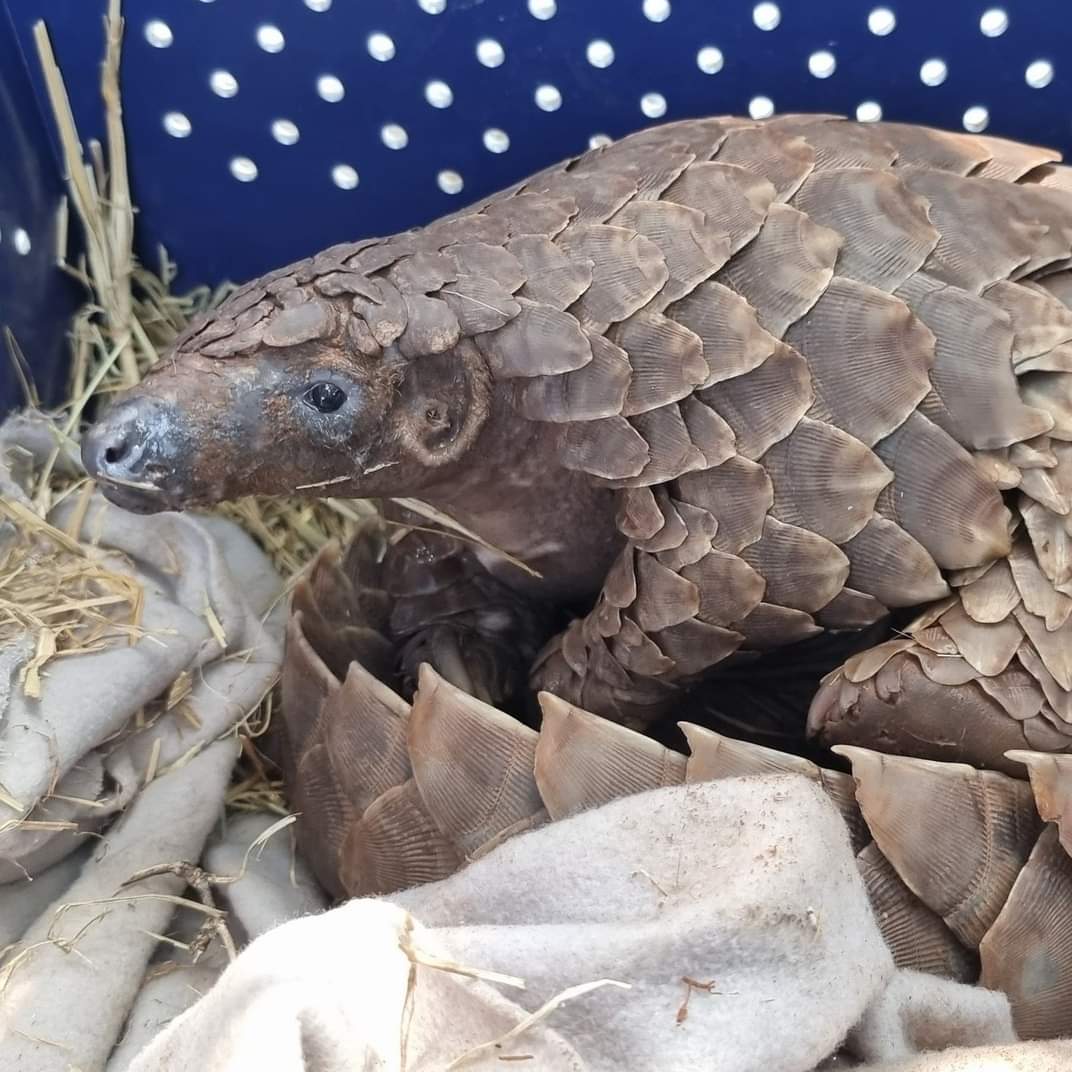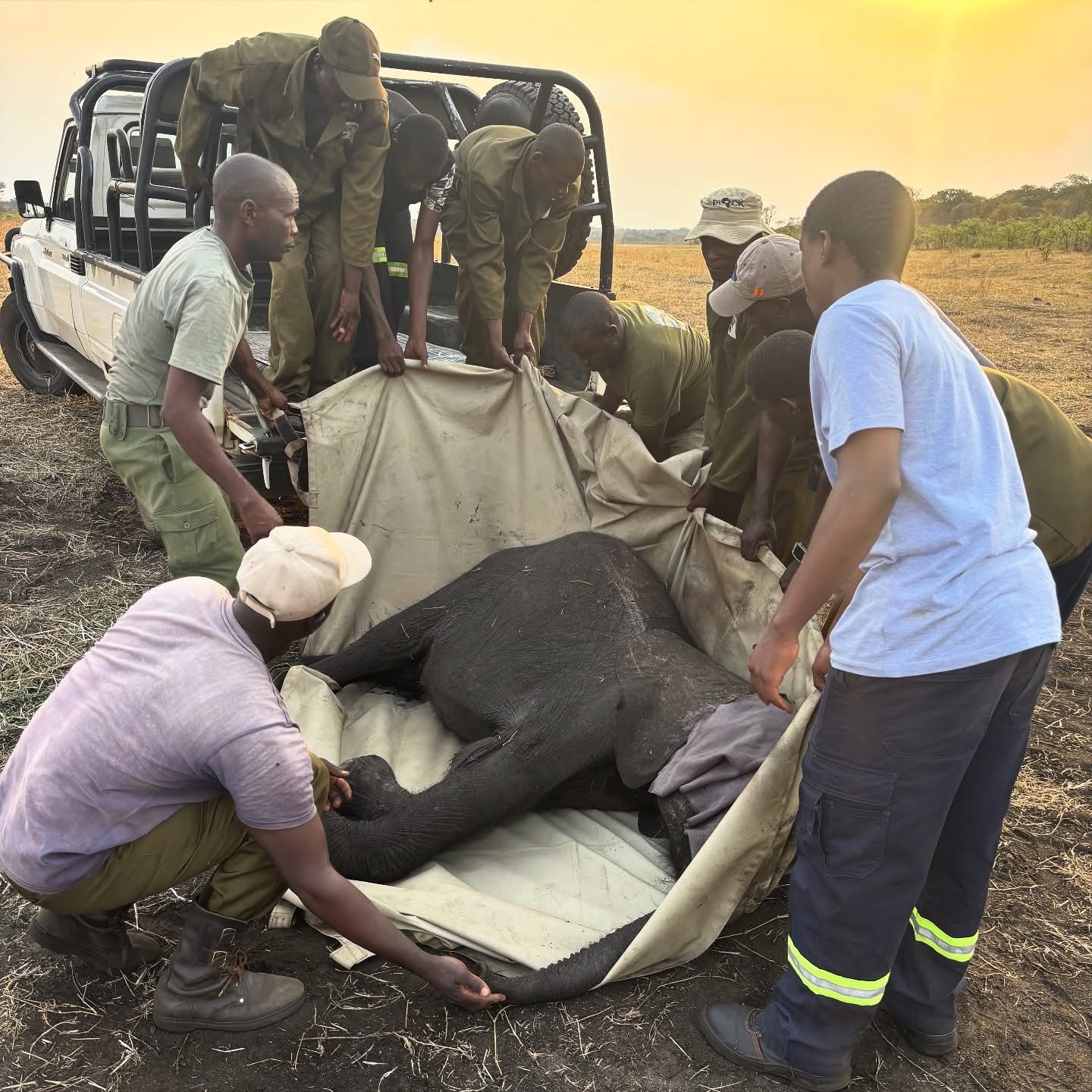BY NOKUTHABA DLAMINI
Born in Kadoma and raised across various towns in Zimbabwe, gospel artist Marvin Dube carries with him the deep spiritual and cultural roots of his Tonga heritage from Junamina village in Binga. Now based in the United Kingdom, Marvin is making waves in the gospel music scene, using his voice and message to uplift, heal, and inspire.
Following his previous single “Munoziva Zvose”, Marvin continues to evolve as a gospel minister and artist. His latest songs, Tinetariro and Tendai Mwari, showcase a refreshing mix of faith, gratitude, and reflection on the moral and spiritual challenges facing society today.
Below are excerpts from his interview with Nokuthaba Dlamini, Managing Editor for VicFallsLive, where Marvin opened up about his inspiration, journey, and the purpose behind his new work.

What inspired these new songs, and what message do you hope listeners take away from them?
Marvin Dube:
Both Tinetariro and Tendai Mwari were born out of reflection and prayer. Tinetariro speaks about hope — the kind that reminds us we are God’s children, even in times of moral decline and confusion. I was inspired by the challenges we are facing today, especially among the youth. Many have lost direction and respect, and social media has become a space where spiritual values are often mocked.
I wanted to use Tinetariro to remind people that there’s still hope for our generation — that God hasn’t forgotten us.
Tendai Mwari carries a message of gratitude. It encourages us to appreciate God for the little we have and to remain thankful even before we receive the big things we dream of — the car, the house, the job. Gratitude opens doors, and I want listeners to embrace that attitude of thankfulness every day.
How do these songs reflect your personal journey or growth as a gospel artist?
Marvin Dube:
These songs mark a point of maturity in my journey. I’ve grown to understand that gospel music is more than melody — it’s ministry. I now write with more purpose, aiming to address real issues affecting believers and society. Tinetariro and Tendai Mwari reflect my growth in both faith and artistry, showing that gospel music can heal, correct, and inspire all at once.
Can you tell us about the creative process, from writing to production, and who you worked with on this project?
Marvin Dube:
My creative process is very spiritual and organic. I draw a lot of inspiration from preaching. Often, a melody will start as a small tune in my mind — it keeps ringing until I can’t ignore it. Usually, the chorus comes first. I then take time to pray for inspiration to write the verses so that the message aligns with what God wants to say through the song.
After that, I play the song on my guitar, record a rough version, and share it with the producer or the band I’ll be working with. For this project, I worked with Hertz Records, who have produced all my music to date. They truly understand my sound and help me bring my ideas to life.
I also want to give a special shout-out to my wife, Leonora, and my two little kids. They’ve been my biggest supporters and motivation throughout this journey. Their love and encouragement mean everything to me.
How do you see gospel music evolving in Zimbabwe and Africa, and where do you see your work fitting into that movement?
Marvin Dube:
Gospel music in Zimbabwe and across Africa is evolving in powerful ways. Artists are finding new ways to reach wider audiences by blending traditional gospel messages with contemporary sounds. It’s exciting to see how the gospel is being shared in modern, relatable ways — especially among young people.
I see my work fitting right into that movement. My goal is to be a bridge between generations — to deliver timeless spiritual truths with a fresh, modern sound that speaks to today’s world while staying true to the Word of God.
What has been the most powerful reaction or testimony you’ve received from people who have listened to your music?
Marvin Dube:
One of the most powerful testimonies I’ve received came from a young listener who said Tinetariro gave them hope again after going through a very dark season. They told me the song reminded them that God still has a plan for their life. Hearing that touched me deeply. It’s moments like those that remind me this is more than music — it’s ministry, and I’m humbled that God is using my songs to touch lives.
Closing Note
Marvin Dube:
I’m truly grateful for the love and support I’ve received for Tinetariro and Tendai Mwari. If you haven’t listened yet, both songs are available on all streaming platforms and on my YouTube channel, Marvin Dube. The year 2026 will be even more exciting, with several projects already in motion that I believe will uplift and bless many lives.


 Slider3 years ago
Slider3 years ago
 National4 years ago
National4 years ago
 Tourism and Environment4 years ago
Tourism and Environment4 years ago
 Opinion4 years ago
Opinion4 years ago
 Special reports4 years ago
Special reports4 years ago
 National4 years ago
National4 years ago
 National3 years ago
National3 years ago
 National3 years ago
National3 years ago





